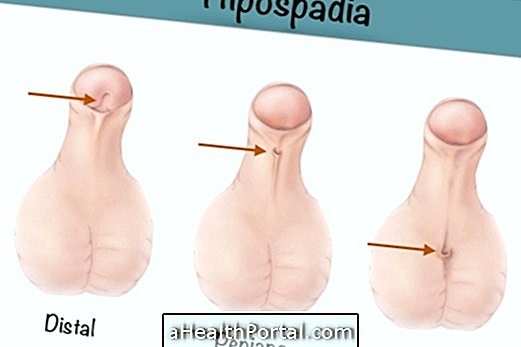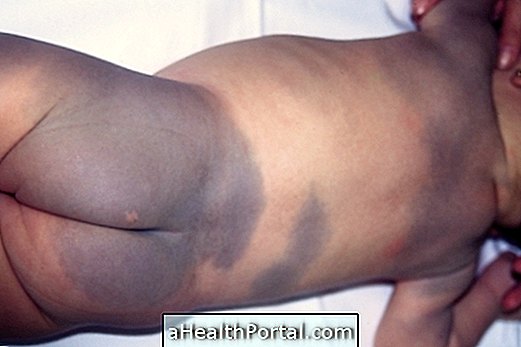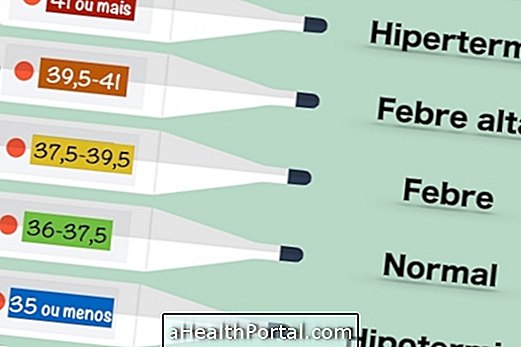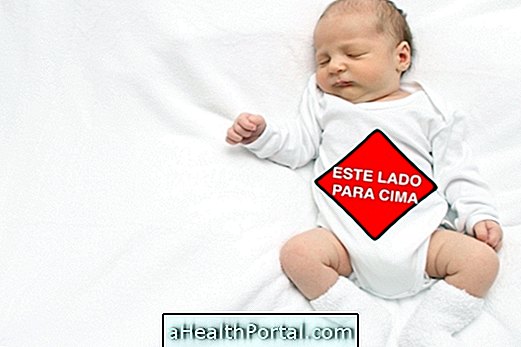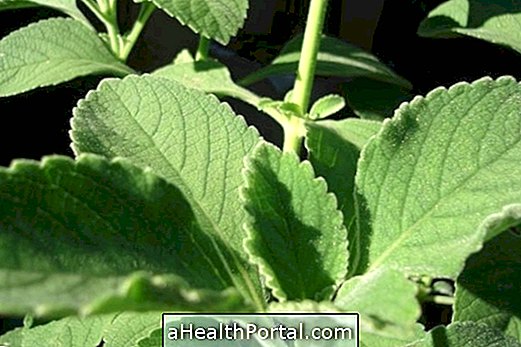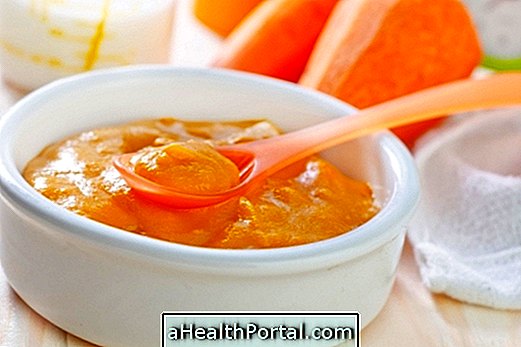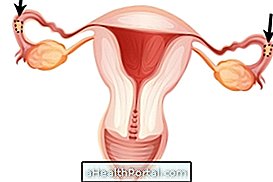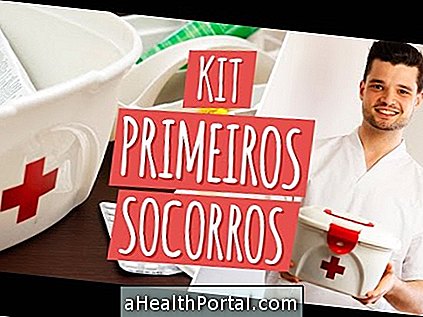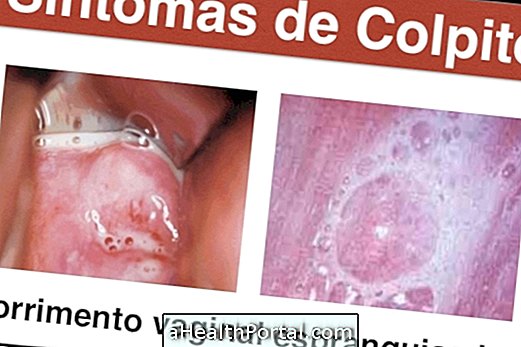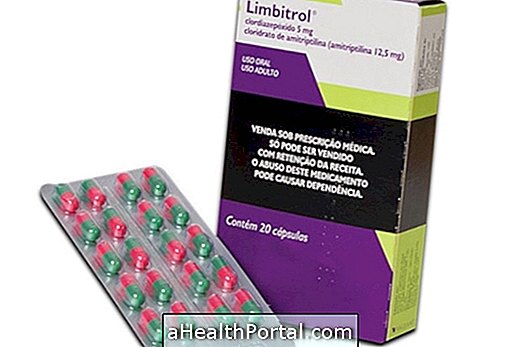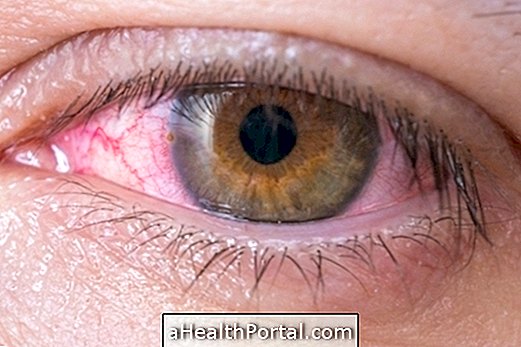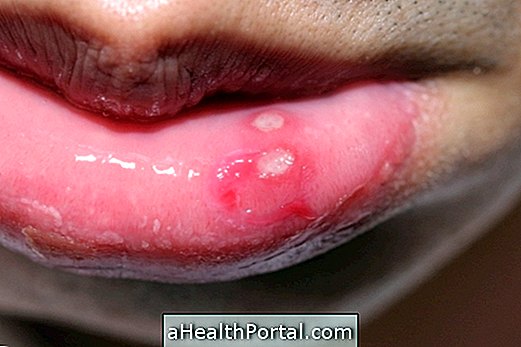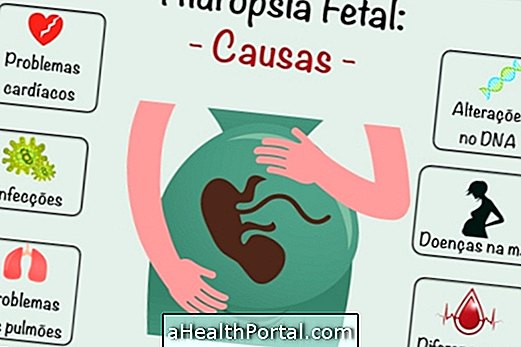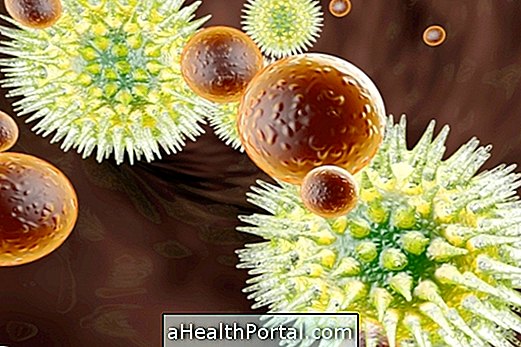The baby may have symptoms of breast milk allergy, and this happens when the cow's milk protein that the mother consumes in feeding is passed on to the child. However, breastmilk itself is ideally produced for the baby, with the nutrients and antibodies needed to improve immunity, and does not usually cause allergy when the mother does not consume cow's milk or its excess derivatives.
Thus, when the baby has symptoms that indicate this allergy, such as diarrhea, constipation, vomiting, redness or itching of the skin, it is necessary to inform the pediatrician for evaluation and, if the allergy is confirmed, the mother will have to follow a diet without food containing milk.
Although it is more rare, the child may also present lactose intolerance, which is also present in breast milk. In these cases, if confirmed by the pediatrician, it is also necessary that the mother or the baby follow some changes in the diet. If you want to know more about lactose intolerance in your baby, check out how to feed your lactose intolerant baby.

How to identify
When your baby is allergic to milk protein, he may experience the following symptoms:
- Change in bowel rhythm, with diarrhea or constipation;
- Vomiting or regurgitation;
- Frequent cramps;
- Stools with presence of blood;
- Redness and itching of the skin;
- Swelling of the eyes and lips;
- Cough, wheezing, or shortness of breath;
- Difficulty gaining weight.
The symptoms can be mild to intense, depending on the severity of the allergy of each child. Learn more about these symptoms in How to Tell If Your Baby Has a Milk Allergy.
How to confirm
The diagnosis of allergy to breast milk is made by the pediatrician, who will evaluate the baby's symptoms, make the clinical evaluation and, if necessary, request some tests that can confirm such as blood samples or skin tests that evaluate the presence of antibodies .
How is the treatment done?
To treat breast milk allergy, initially, the pediatrician will guide changes in the diet that the mother should make, with the withdrawal of milk and its derivatives during the period of breastfeeding, including cakes, desserts and breads that take this ingredient in its composition .
If the baby's symptoms persist even after this change, an alternative is the feeding of the baby through hypoallergenic milks, such as soy, and special infant formulas. Learn more about this treatment in how to feed the child with milk allergy.


